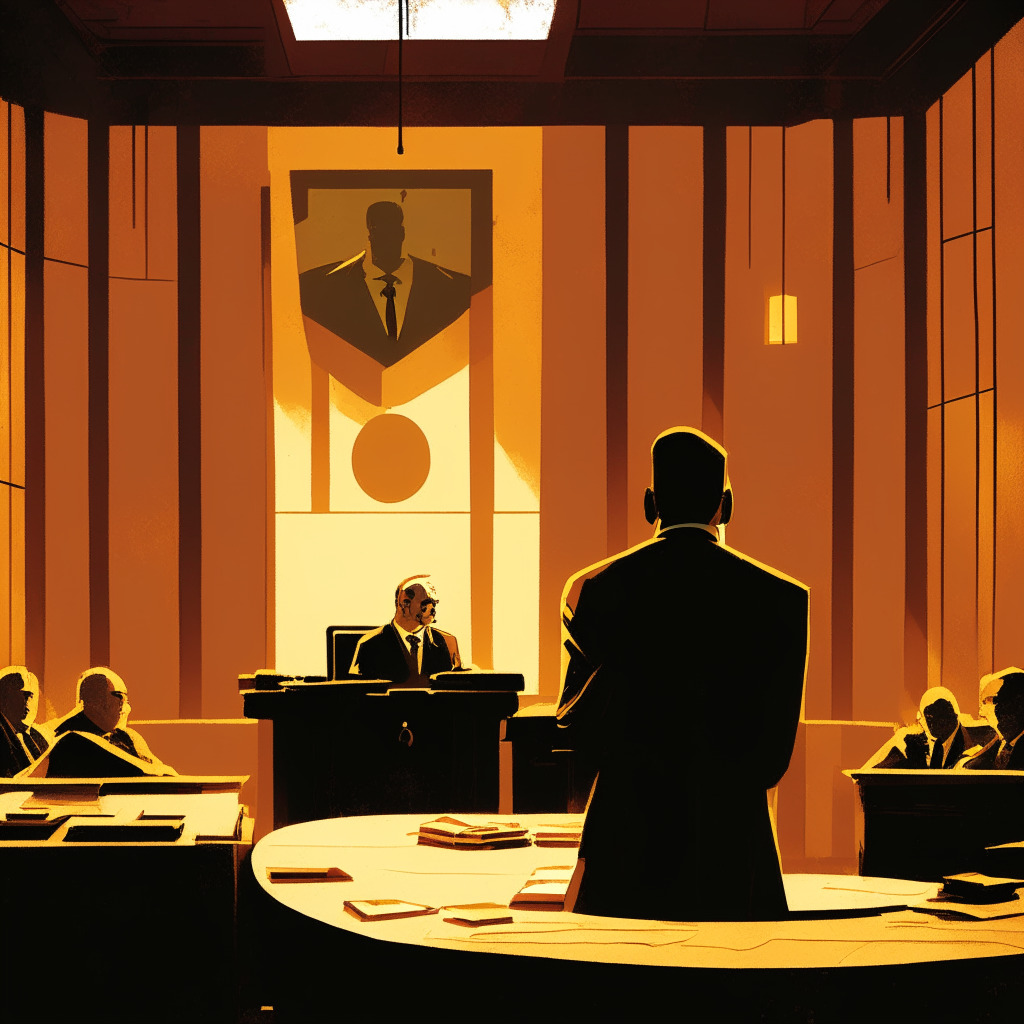As the cryptocurrency sphere navigates through complex regulatory territories, notable developments are taking center stage. The legal proceedings concerning Alex Mashinsky, the erstwhile CEO of Celsius Network, have been one of the most watched over developments currently. Gracing the docket for September 2024, this case is markedly infiltrating headlines and fostering a lively conversation around the regulatory oversight in the world of digital minefields.
Set by a New York court, Mashinsky’s trial is slated to begin on September 17, 2024. The court has decreed the former Celsius CEO to be free on a $40 million bail throughout the legal proceedings. The discussions around the case are barely fledgling, with the court freezing numerous assets belonging to Mashinsky, encompassing properties and bank accounts.
Allegations against the ex-CEO state that Celsius investors were misled, resulting in user defraudation over billions of dollars. This monumental case underlines some of the shortcomings of the crypto world, particularly its susceptibility to fraudulent practices.
That said, this isn’t to say the industry is not doing its part to fuel transparency. The case has seen an explicit focus on tackling illicit activities in the digital asset landscape, an aspect laudable in the crypto regulation sphere.
Still, as the narrative unfolds, a concern arises: a blanket of unease enveloping the crypto milieu. These stringent regulations raise questions about the future freedom of operations within this sphere, possibly leading to an exodus of innovators and startups from jurisdictions imposing overtly harsh regulations.
Crypto, by design, is meant to be decentralized, an alternative to traditional financial systems, a rebel against central authority. However, its liberation makes it a prime backdrop for fraudulent activities, necessitating some form of rules and regulations.
This case is a poignant example, accentuating the need for a balanced approach towards crypto regulations- one that ensures investor protection while also allowing for innovation and growth. Perhaps such high-profile cases will stimulate regulatory bodies into concocting appropriate regulation, ultimately facilitating the crypto sector’s evolution rather than stifling it.
For now, the crypto sphere will be observing closely as this high-profile trial unfolds. Depending upon the outcome, it may impact investor confidence and shape future regulatory trends in the crypto industry. On the other hand, it can also serve as an opportunity to clarify the necessary legal safeguards to aid the seamless operation of blockchain-based enterprises. The scales are delicately balanced between innovation and safeguarding interests, a tightrope the crypto industry must carefully tread as this tale unwinds. A triumph in this instance may just be finding the golden mean, wherein lies the future of crypto.
Source: Cointelegraph




